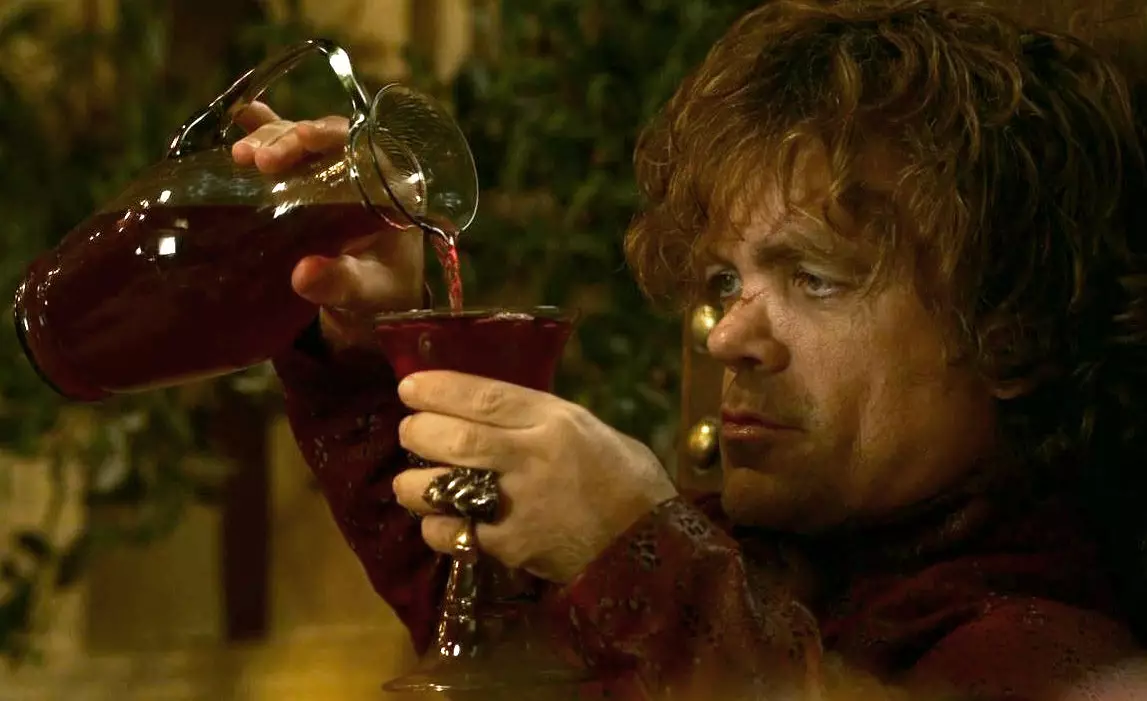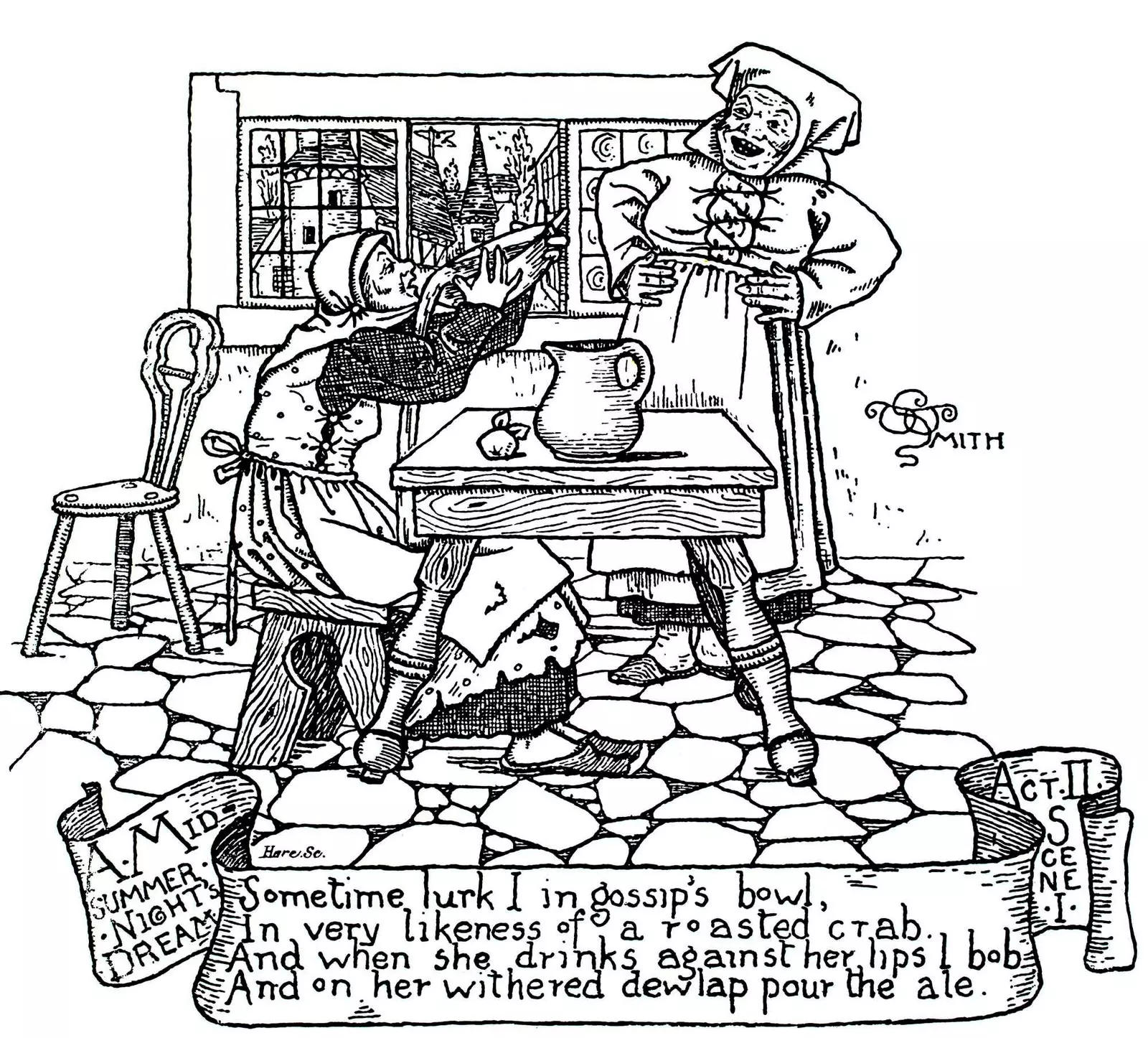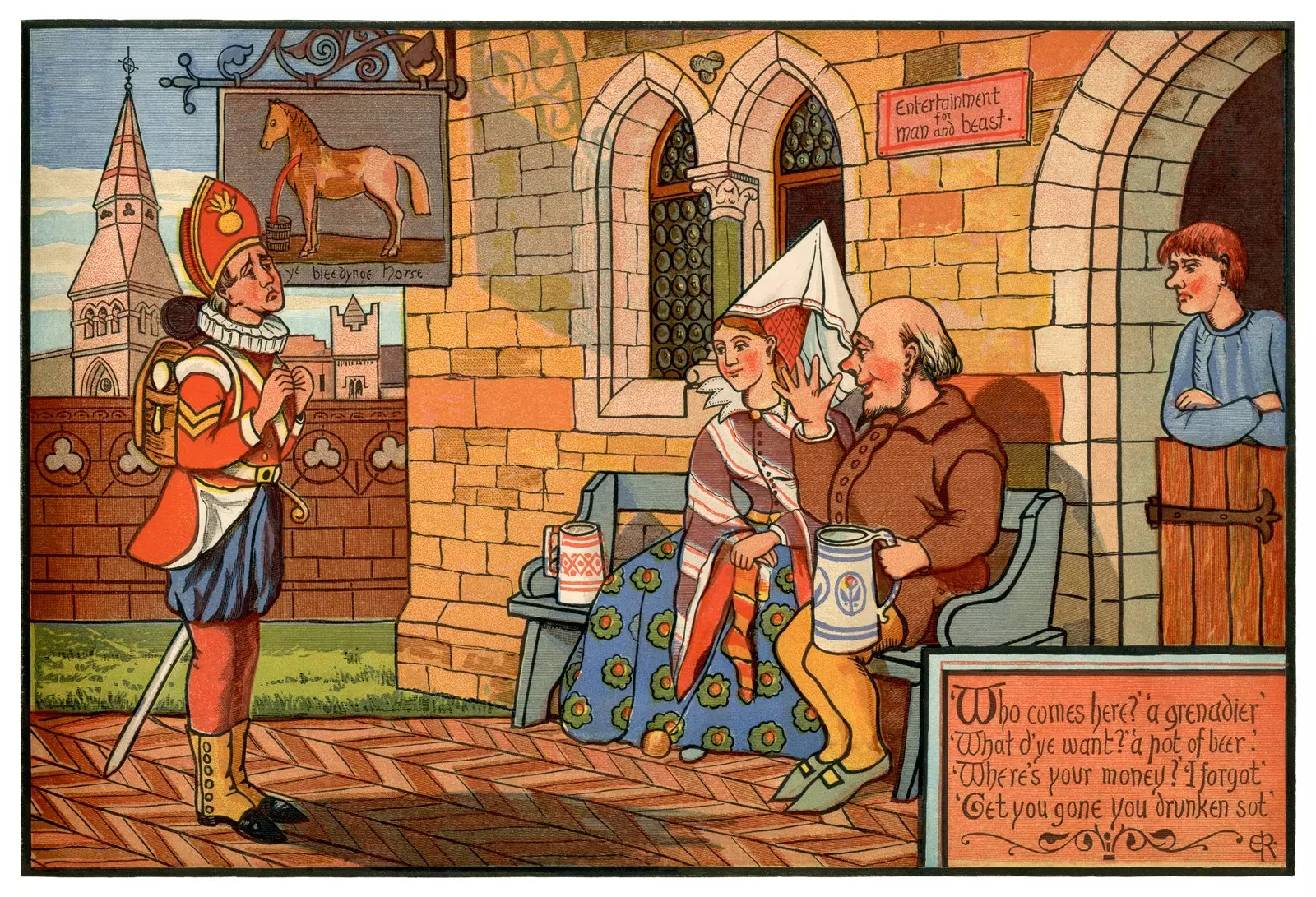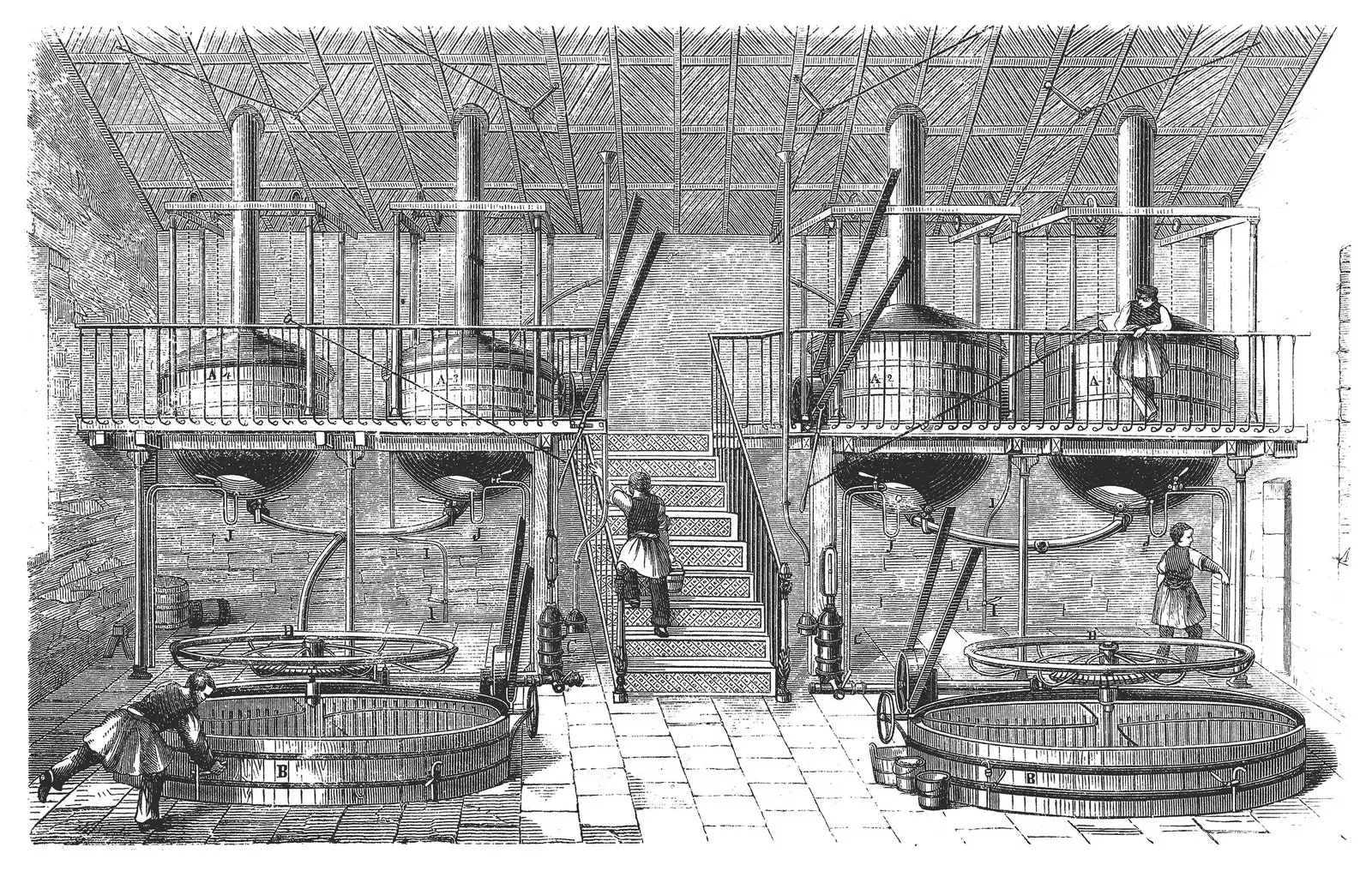
Drinking in the 'pub'... or in church? The dilemma of every Sunday in the Middle Ages
drink, drink and drink . We have been doing it since prehistory, although it was in the Middle Ages when the matter became professional with the birth, in England, of the first pubs . The problem? On Sundays, they stole customers from the church , where one could also give everything.
But let's go by parts: let's clarify, first, what we mean when we say pub. They were not inns -lodging for the nobles who could afford it-, nor taverns -places where wine was sold-. They were the successors of the ale houses, according to Mark Forsyth's marvelous anthropological treatise on drinking, A cosmic binge.
THE ALE, THE EVERYDAY BREAD
The ale was a concoction made up of barley and water. "It was not a very pleasant substance. Nourishing? Yes. Alcoholic? Yes. Delicious, pure, bubbly and refreshing? No. It was a kind of muddy oatmeal with lumps . The only way to make it taste good was to season it with herbs and spices. Horseradish was a favorite. But it was to disguise the taste, to make something disgusting acceptable," explains the author.
Although its taste left much to be desired, its nutritional function was such that pints of ale were considered part of a worker's salary . A teamster, for example, might expect to be given three pints and some food in addition to his wages. He drank them in the workplace, although he did not get drunk, because that level of alcohol after a hard day's work in the field did not produce that effect, according to Forsyth.
At home they also drank, and the ale was also given to children and women, who were in charge of producing it . Another place where the elbow was steep? The house of the Lord. "The medieval village church was not so much a place of worship as it was a community center (with some worship on Sundays). People played football in the churchyard and sang songs in the hall. Normally, ale was offered at holidays, onomastics, weddings, baptisms and funerals".

Ale houses were nothing more than medieval kitchens, although almost always without glass
Since ale had a very short shelf life - it spoiled after two or three days - when a 'brewer wife' brewed more than her family needed, she put a 'stake of ale' on her door. "It was just a horizontal pole with a bush branch tied to the end. He would take the barrel out of his house and sell it to passers-by, who would show up with a pitcher and a few coins. Then they could go for a walk and take it to work, at home or at church. When all the leftover ale was sold, the brewing wife would remove the stake and start brewing more," the expert says.
FROM THE HOUSE OF ALE TO THE PUB
This relaxed panorama was given until the beginning of the fourteenth century, when several events happened that would change the history of drinking. To get started, The Archbishop of Canterbury banned drinking in churches in 1336. , agitated by "these episodes of alcoholism that, to change their name, they call 'charitable events'".
To follow, there was a change in the way of tilling the land: the nobles, instead of employing people to plow their land, decided that it was simpler to lease plots to the peasants and let them work them themselves. The ale is over as part of the newspaper: now, you always had to make it, or pick it up at the house of some 'beer wife'.
"After work, thirsty day laborers would come asking for their ration, but also for a place to sit and drink it. So the beer wives began to let people into their kitchens . In this way the pub was born", collects the author.
Another key fact? At about the same time as these changes were taking place, Hops arrived from Europe to England . This component - the seed cones of the hop plant - added to the ale turns it into beer. People preferred the taste of this new drink, which, moreover, did not spoil: a well-sealed barrel could last perfectly for a year, so it could be made in huge quantities.

One could recognize a house of 'ale' by its bench at the door. The posters were not added until a long time later
In this way, the big cities began to install breweries , worked and owned now by men. They coexisted with the ale houses of the time, already predecessors of the pub as we know it, as they became a place where beer bought from these companies was sold -which had the machinery to filter the liquid, achieving a much better product. better - and get together to drink it.
FARRA IN THE MEDIEVAL PUB
Looking to hit a party in the Middle Ages? Look for the ale stake - signs didn't appear until the 1590s. You will see a wooden bench at the door, to drink in the sun, and you will hear the noise of people playing -especially bowling- and betting. The door will be open, an obligation by law except in the middle of winter, so that the authorities could take a look inside without having to sully themselves by stepping over the threshold. Of course, there would be strong currents inside, but at least there would be a fire always burning - something not every household could afford.
There is no bar here -they would not appear until 1820-, not much more than a couple of chairs and benches, perhaps a table. Do not forget that, after all, we are in someone's kitchen . And, perhaps for this reason, who rules here is a woman, the owner, although, if she is married, it is her husband who legally owns the property, now a 'public house', of which then the name 'pub' would be shelled out.
And what about your friends? There are about ten in total, and to a large extent, they are travelers who bring news from afar -and, many times, they spread huge false rumors-. Five percent of customers would be women . Of course, they were in a group: a woman alone would make people talk. There could also be a couple dating, something that was considered normal and respectable among this layer of society, made up of the poorest.
There would also be plenty of teenagers - there's still no rule on the minimum drinking age - but, despite the turmoil, no one got too drunk unless they were drunk. Sunday morning, which was Friday night at the time . And that is precisely where the permanent dispute between the house of ale and the church that opened our article is born, a war that, as you may have guessed, used to win the first.

Professional breweries changed the alcoholic landscape of the Middle Ages
